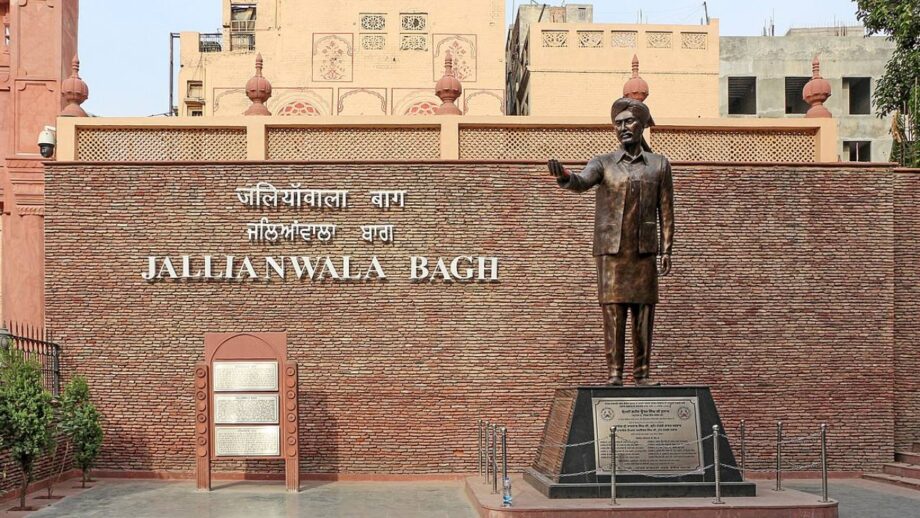Information about the Location: The Indian independence fight saw one of the most horrific murders in human history taking place at Jallianwala Bagh. Up to 1100 nonviolent protests were slain when British troops opened fire here on April 13, 1919, a tragedy also known as the Amritsar Massacre. The barbaric killing of thousands fueled the resistance movement against the British and cast serious doubt on their aspirations to rule India in a civilized manner. The park is now a tribute to those who gave their lives in battle.
20,000 people, including Hindus, Muslims, and Sikhs, assembled in the Jallianwala Bagh on April 13, 1919, in response to Mahatma Gandhi’s call for a widespread, nonviolent demonstration against the Rowlatt Act. The Act permitted authorities to detain anyone suspected of terrorism for two years without a trial and extended “emergency measures” to quell unrest in the community and thwart conspiracies forever. Brigadier General Reginald Dyer sent a platoon of 50 soldiers and an armored car to the area on the presumption that a plot to overthrow British power was being hatched. Gen. Dyer had to leave the armored car behind due to the tight roads leading to the park. When the British general arrived in the park, he shot at the peaceful demonstrators without giving them any prior notice.
Up to 1600 shots were fired, and the shooting didn’t end until the British ran out of ammo. To avoid the bullets, many individuals dove into the well in the park. Although 379 people died and 1,100 were injured, according to official figures, the actual numbers were commonly believed to be higher. Even Dr. Williams DeeMeddy, a British civil surgeon, estimated that there had been 1,526 injuries and 1,000 fatalities. The savagery of the episode shocked the British, who established the Hunter Commission, which judged Dyer guilty of a false sense of duty and caused him to lose his command and retire early.
The park was transformed into a memorial for those who gave their lives when India gained its independence. At the location today sits a memorial created by American architect Benjamin Polk. Dr. Rajendra Prasad dedicated the memorial on April 13, 1961. Public access to Jallianwala Bagh is available every day. However, the memorial is open from 6 am to 9 pm in the summer season and from 7 am to 8 pm in the winter.
The Martyr’s Well, into which many dove to avoid being shot, is visible. It is still there, kept inside the park, serving as a reminder of the terrible incident that took place there. In the Jallianwala Bagh, bullet holes can also be seen in the walls.
THE TIME TO VISIT AMRITSAR IS THE BEST
Below are Amritsar’s typical lowest and maximum temperatures. Amritsar is at its most picturesque in January, February, March, November, and December.

